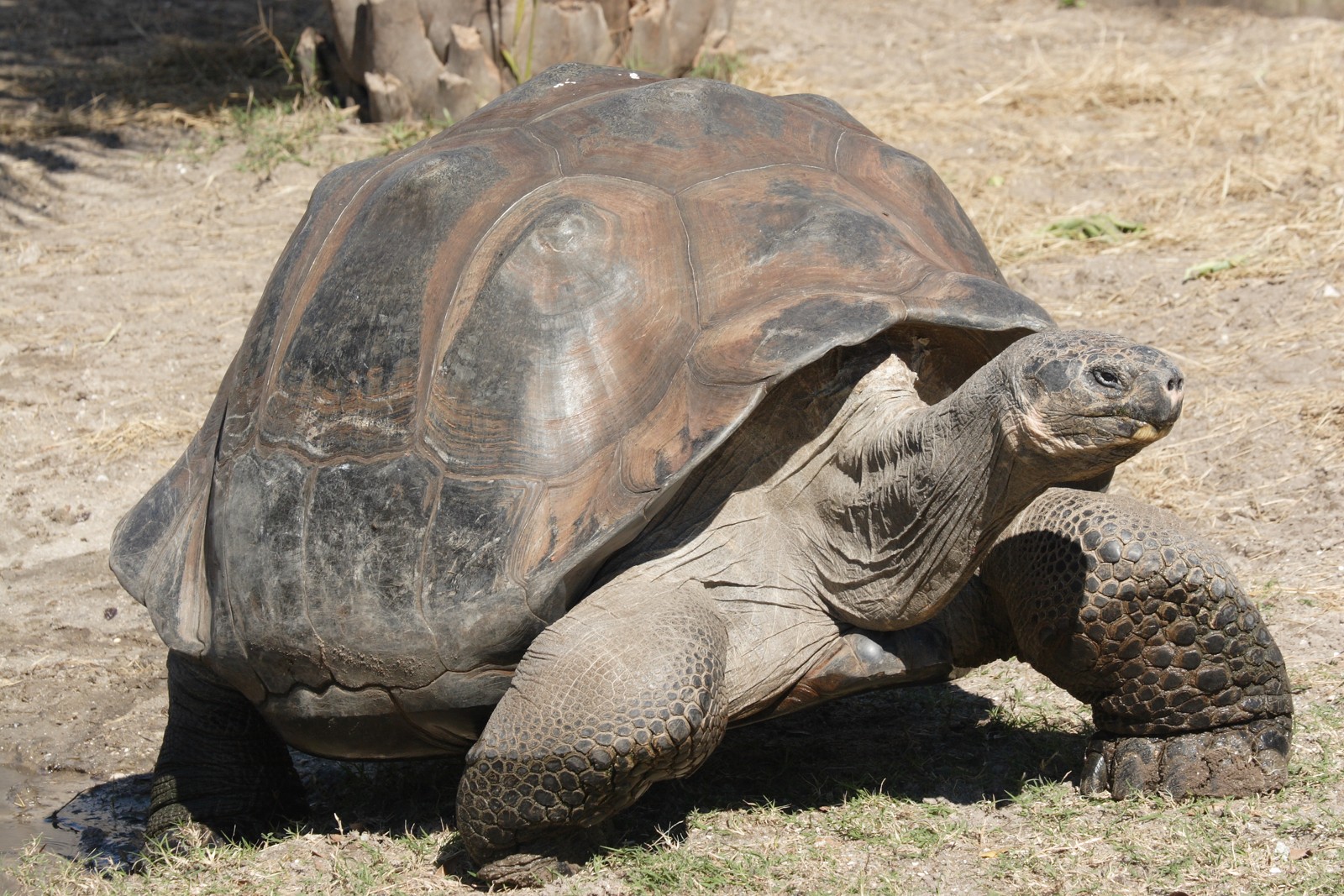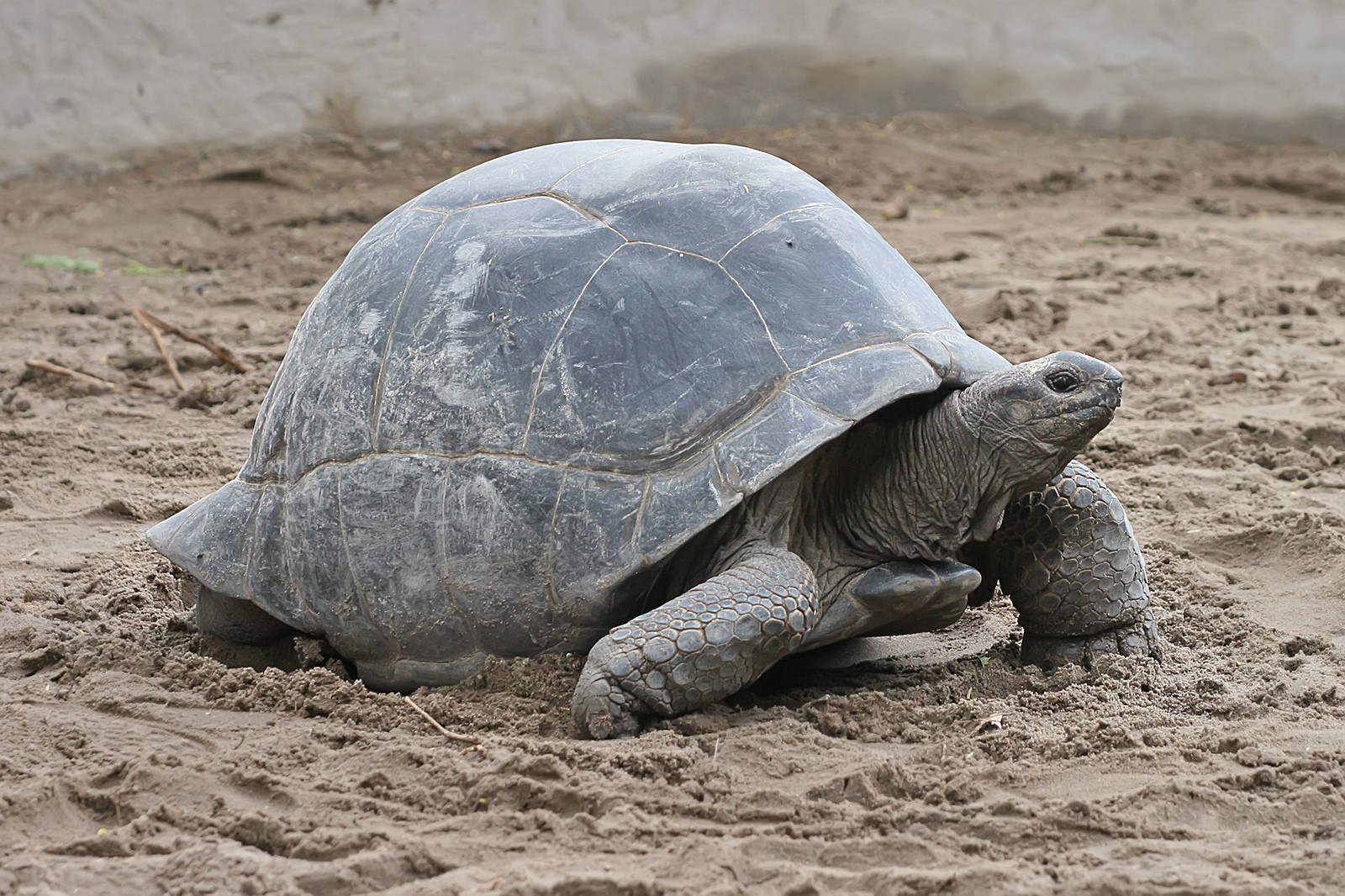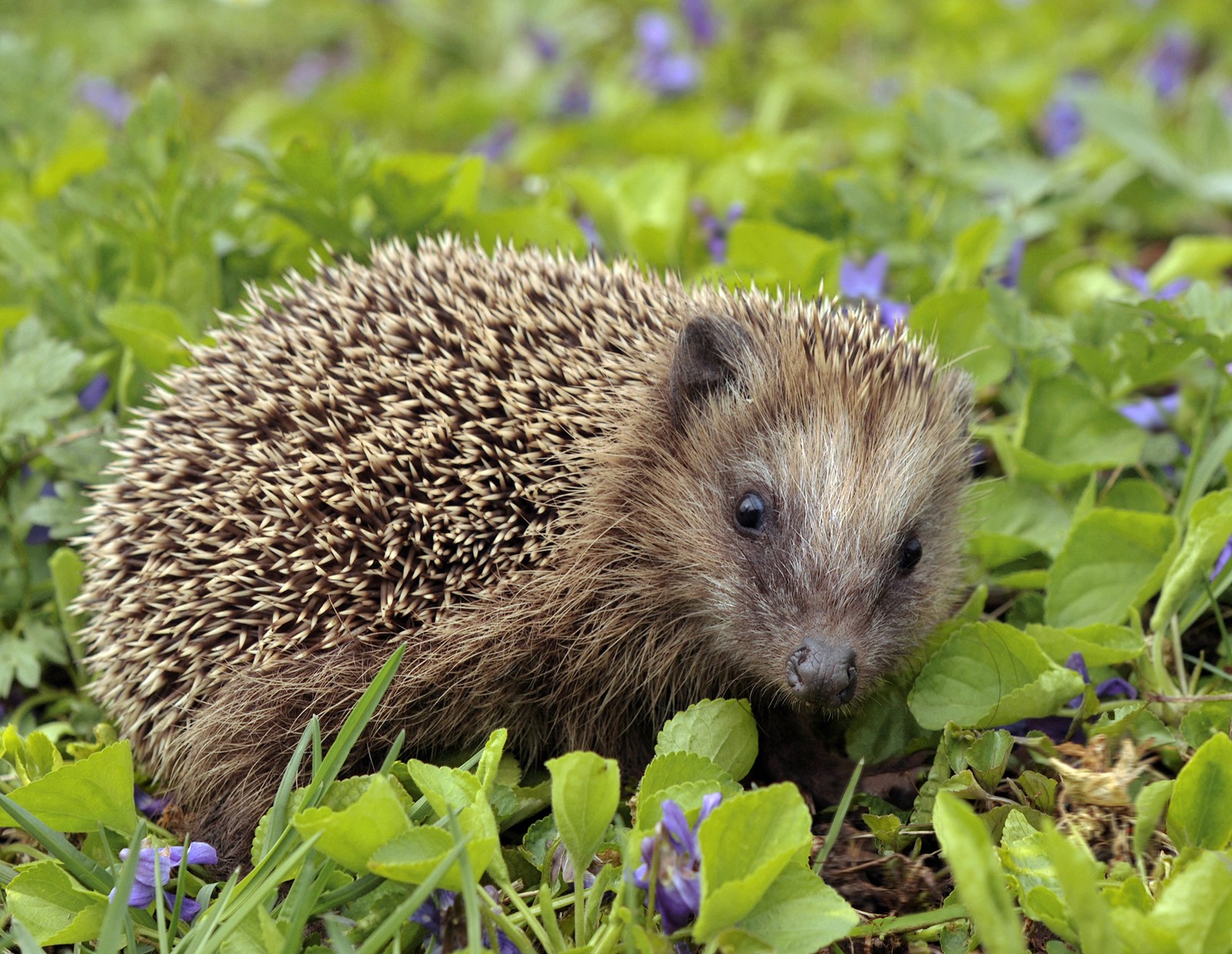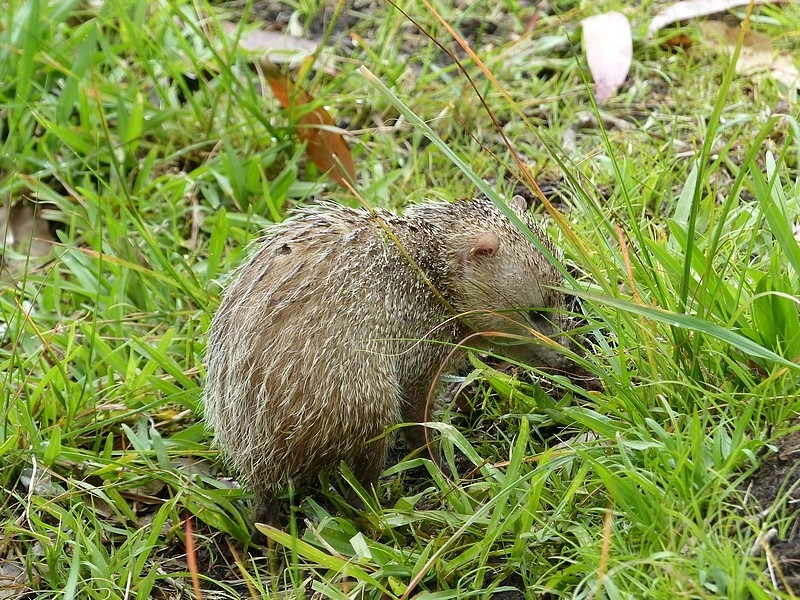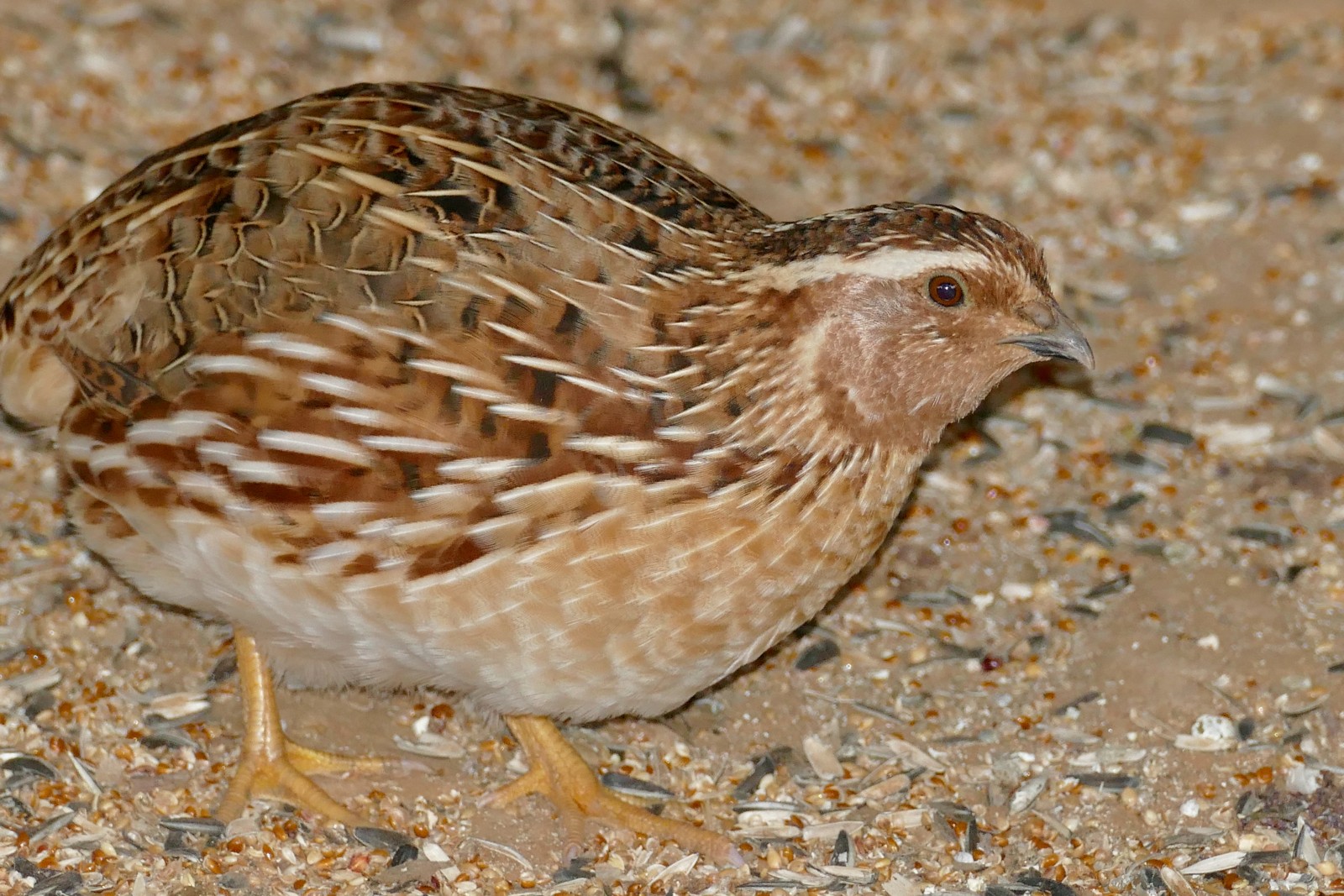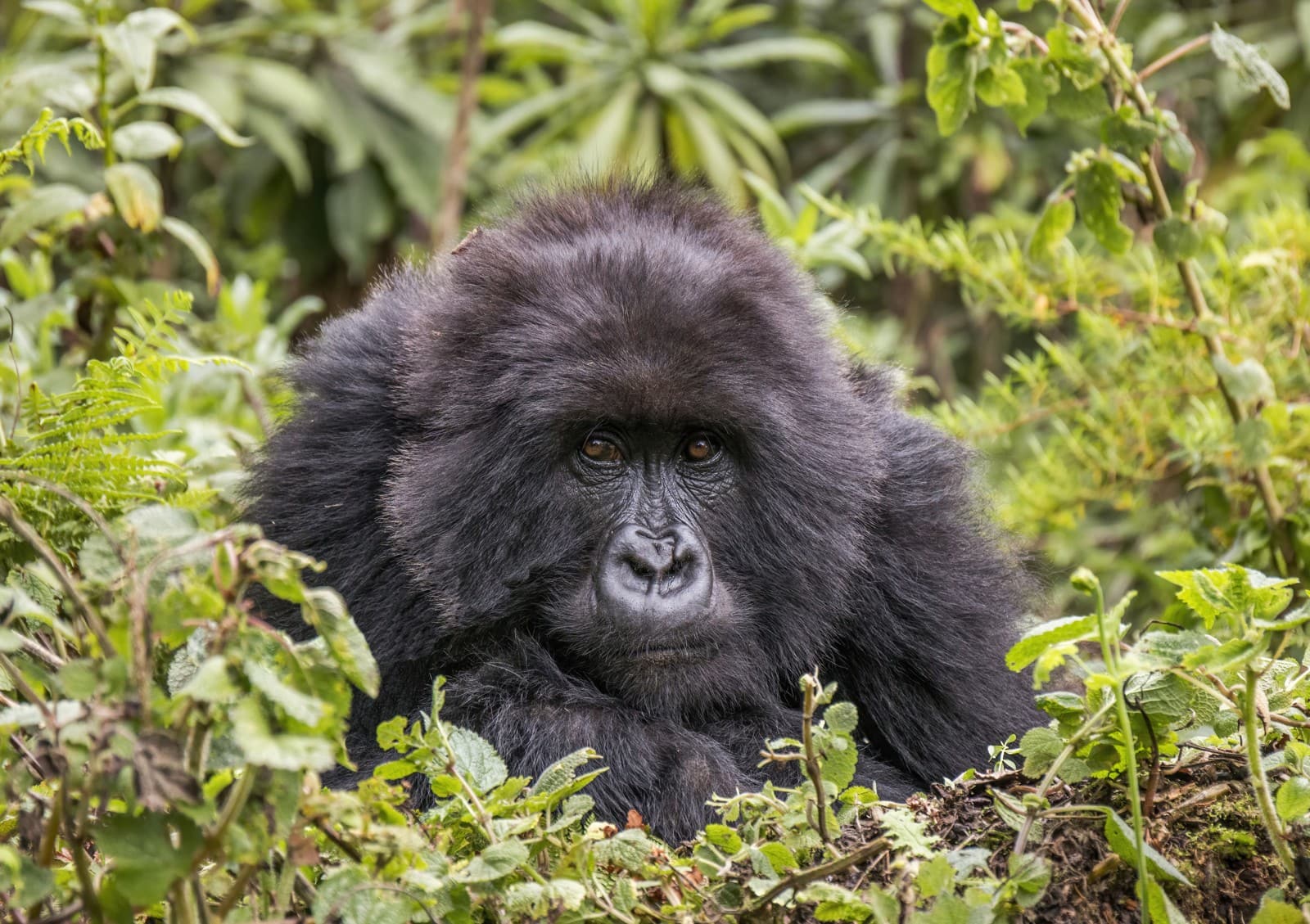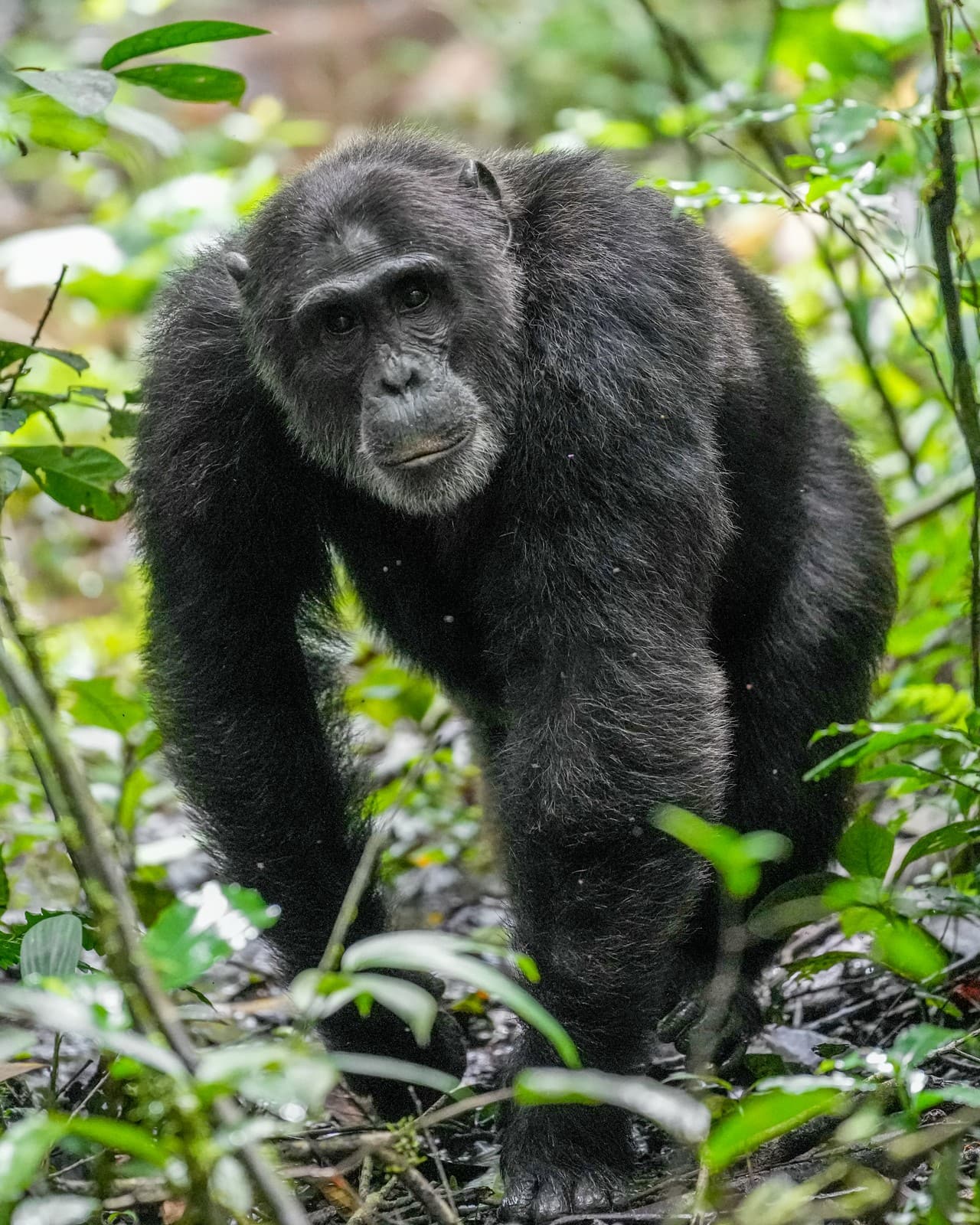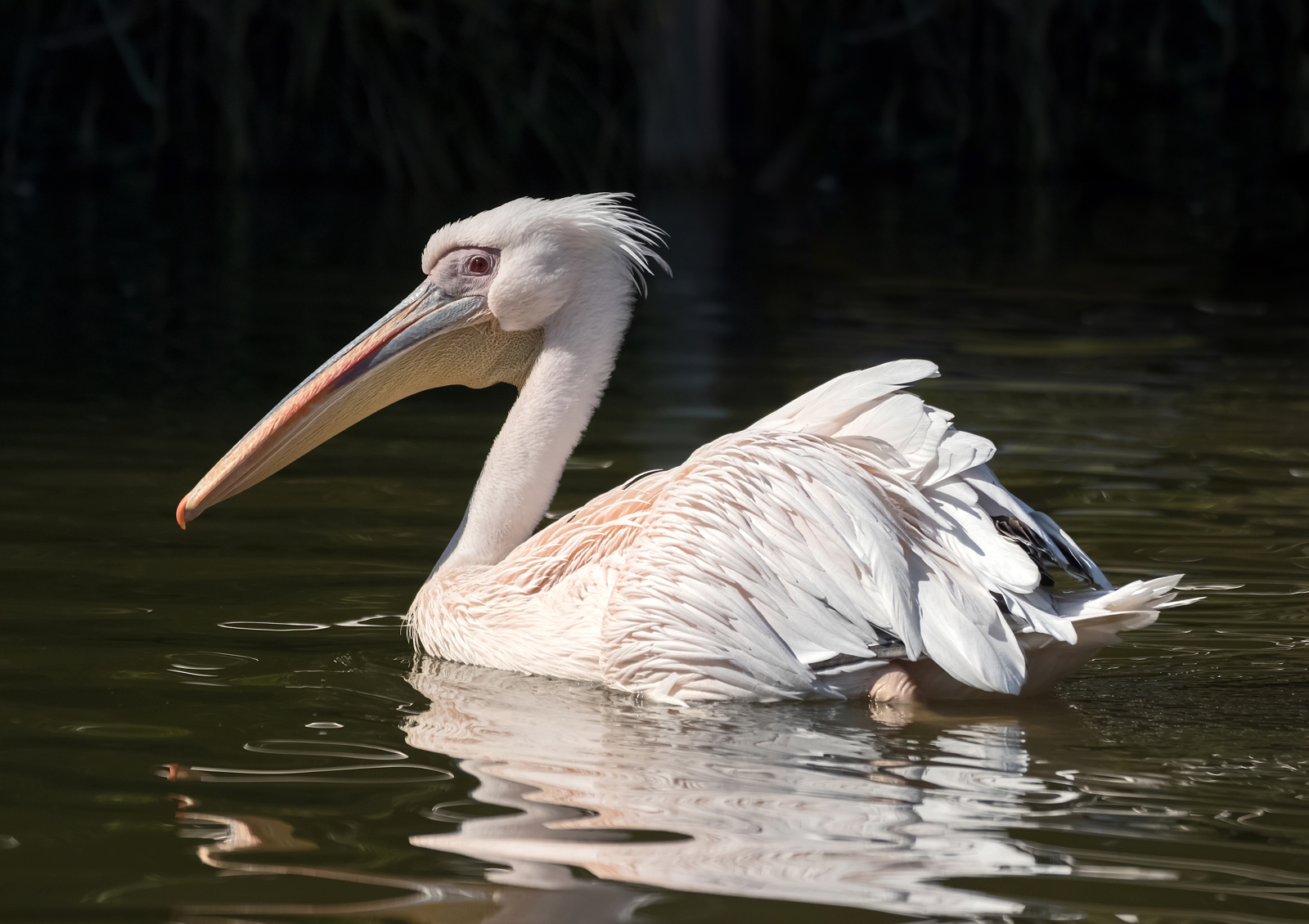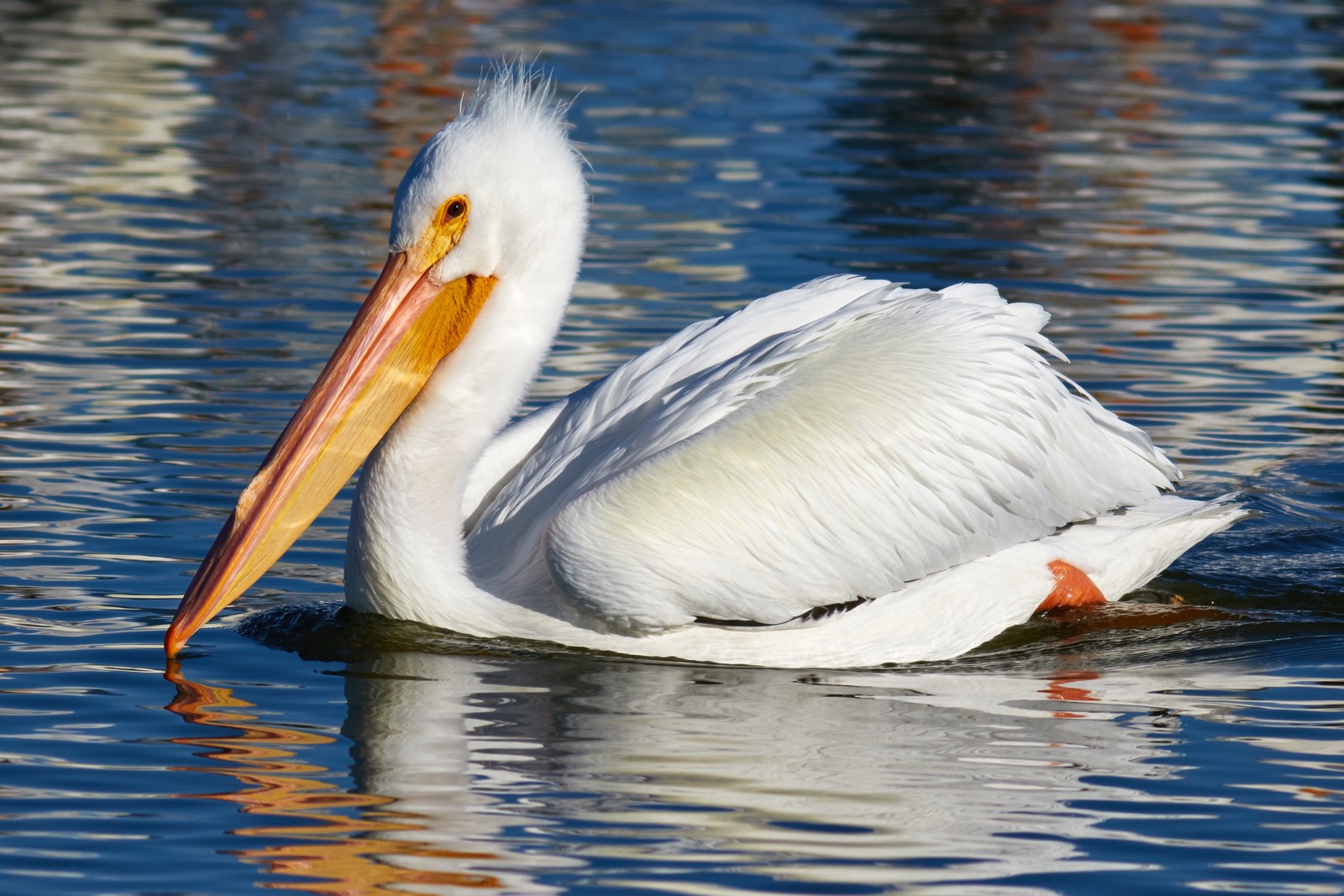Coelacanth vs Lungfish: A Complete Comparison
In the realm of living fossils, the Coelacanth and Lungfish stand as remarkable survivors from Earth’s ancient past. While both species have persisted for over 380 million years, they’ve evolved distinct characteristics that set them apart. The Coelacanth, rediscovered in 1938 after being thought extinct for 66 million years, reaches lengths of 6.5 feet (2 meters) and dwells in deep marine waters. In contrast, Lungfish have adapted to freshwater environments and can survive drought conditions by secreting a protective mucus cocoon.
These prehistoric fish share some ancestral traits but differ significantly in habitat, behavior, and survival strategies. The comparison between Coelacanth vs Lungfish reveals fascinating adaptations that have enabled their incredible longevity as species.
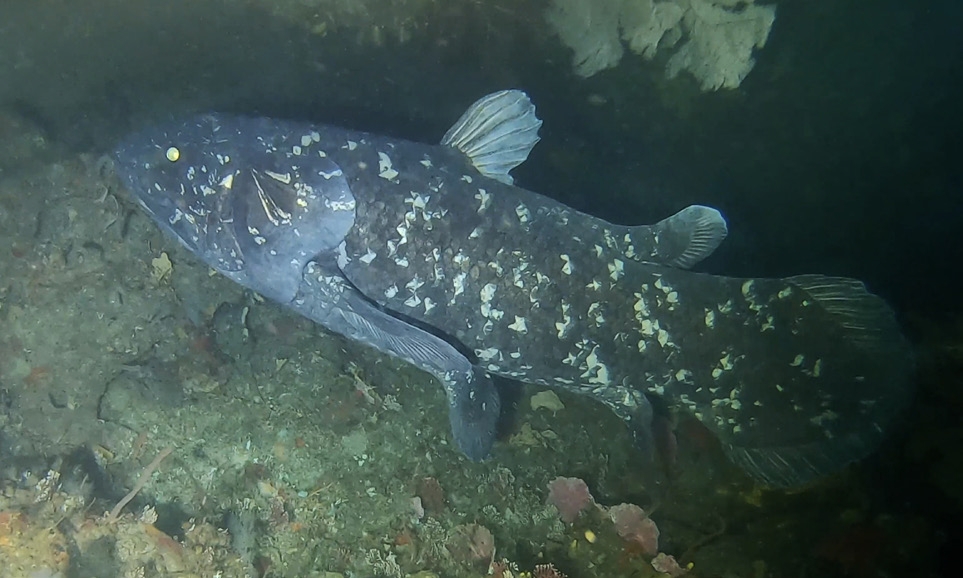
© Bruce A.S. Henderson / CC BY 4.0
The Coelacanth, often called a “living fossil,” showcases its distinctive lobed fins and armored scales in its deep-ocean habitat. These remarkable features have remained largely unchanged for hundreds of millions of years.
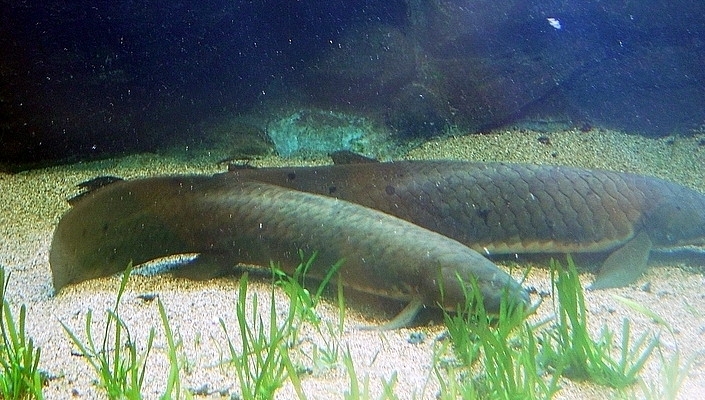
© Unknown author / CC BY-SA 2.5
The Australian Lungfish demonstrates the species’ characteristic elongated form and ability to thrive in freshwater environments. These ancient creatures can breathe air when water conditions become unfavorable.
Key Differences Between Coelacanth and Lungfish
| Feature | Coelacanth | Lungfish |
|---|---|---|
| Habitat | Deep marine waters (500-800ft) | Freshwater rivers and swamps |
| Size | Up to 6.5 ft (2m) | 3-4 ft (0.9-1.2m) |
| Breathing | Gills only | Gills and primitive lungs |
| Diet | Primarily fish and cephalopods | Fish, crustaceans, mollusks |
| Survival Strategy | Deep-water adaptation | Drought survival through aestivation |
| Distribution | Indian Ocean coastal waters | Africa, South America, Australia |
Habitat and Adaptation
The Coelacanth inhabits deep marine environments, typically found at depths between 500-800 feet (150-240 meters) along continental slopes. These nocturnal predators use their unique lobed fins to maneuver among rocky crevices, hunting for prey in the darkness.
Lungfish, conversely, have evolved to survive in volatile freshwater environments. During drought periods, they can survive up to four years by burrowing into mud and entering a state of aestivation, breathing air through a primitive lung system that gives them their name.
Physical Characteristics
Coelacanth Features
- Heavy-set body with distinctive steel-blue coloration
- Eight fins, including unique lobed appendages
- Intracranial joint allowing wide jaw opening
- Specialized electrosensory rostral organ
- Weight: up to 198 pounds (90 kg)
Lungfish Features
- Elongated body with paddle-like fins
- Single dorsal fin running length of body
- Modified swim bladder functioning as lungs
- Robust scales protecting against desiccation
- Weight: up to 22 pounds (10 kg)
Evolutionary Significance
Both species represent crucial evolutionary links in vertebrate development. The Coelacanth’s lobed fins show early stages of the transition from fins to limbs, while Lungfish demonstrate the evolution of air-breathing capabilities in vertebrates.
Behavior and Intelligence
Recent studies indicate both species possess remarkable cognitive abilities. Lungfish demonstrate learning capabilities and can recognize individual caretakers in captivity. Coelacanths exhibit complex social behaviors and use unique swimming patterns involving all eight fins.
Conservation Status
The Coelacanth faces critical endangerment due to deep-sea fishing practices, with an estimated population of fewer than 1,000 individuals. Lungfish species vary in conservation status, with some African species threatened by habitat loss and collection for the pet trade.
Who Would Win in a Confrontation?
While a direct confrontation would never occur naturally due to different habitats, the Coelacanth’s larger size and powerful jaw structure would give it an advantage in a theoretical encounter. However, the Lungfish’s ability to survive out of water and its more diverse feeding capabilities make it more adaptable to environmental challenges.
Understanding these ancient creatures provides crucial insights into vertebrate evolution and the remarkable adaptability of life on Earth. Their continued survival serves as a testament to the resilience of species that have weathered hundreds of millions of years of environmental changes.
